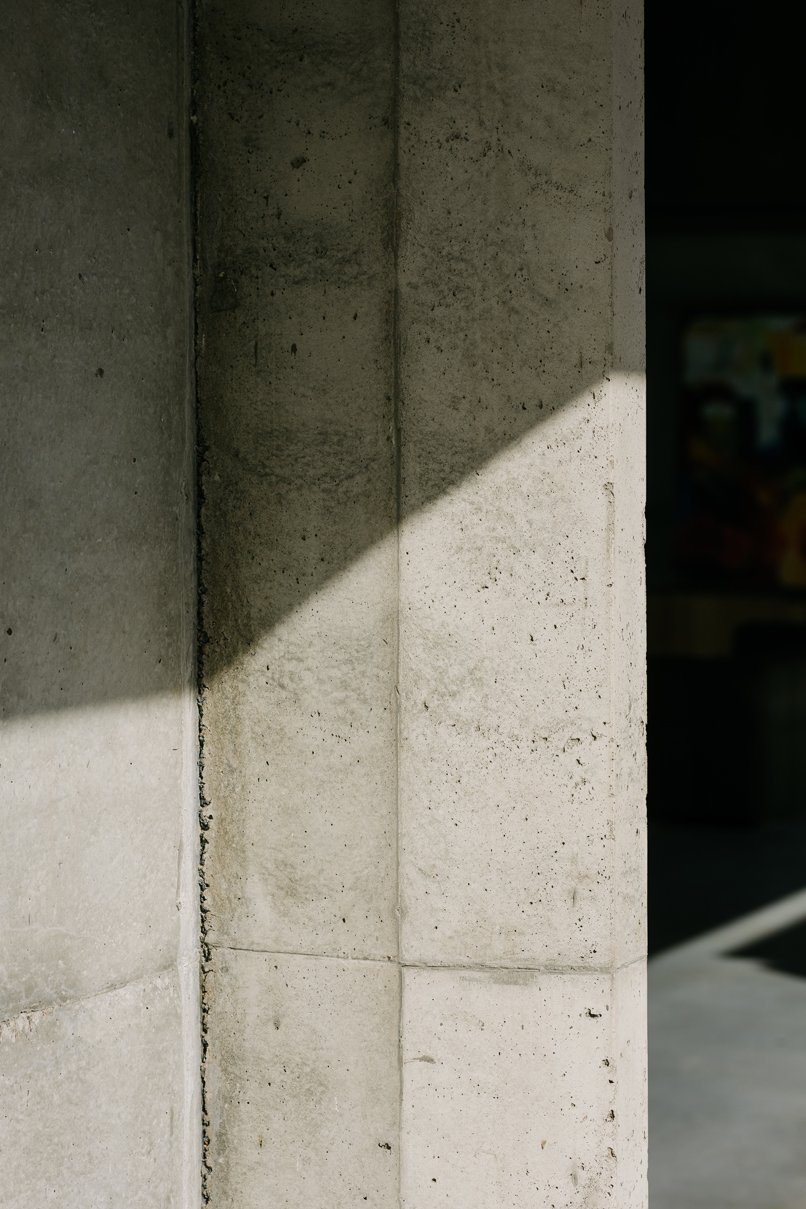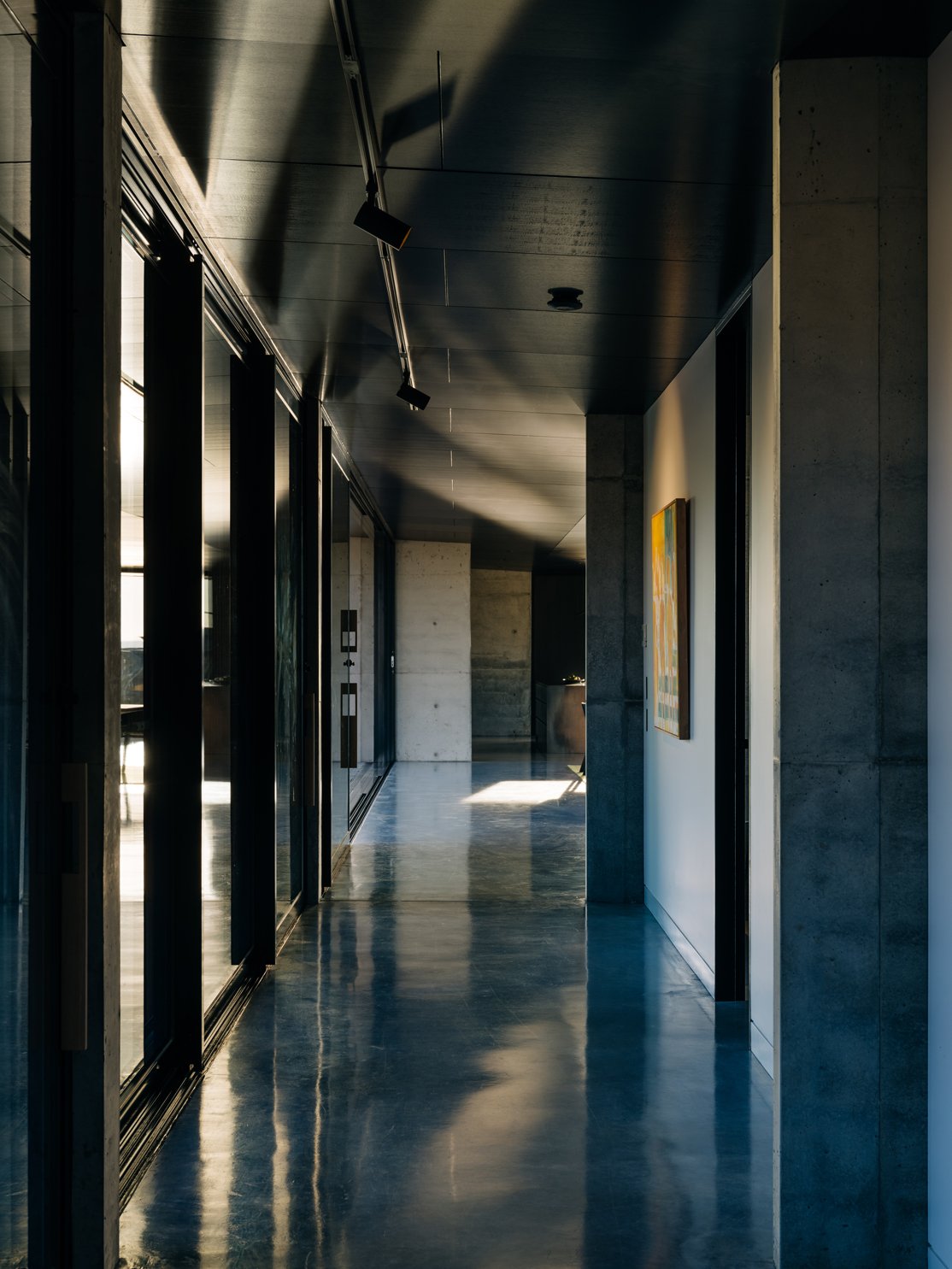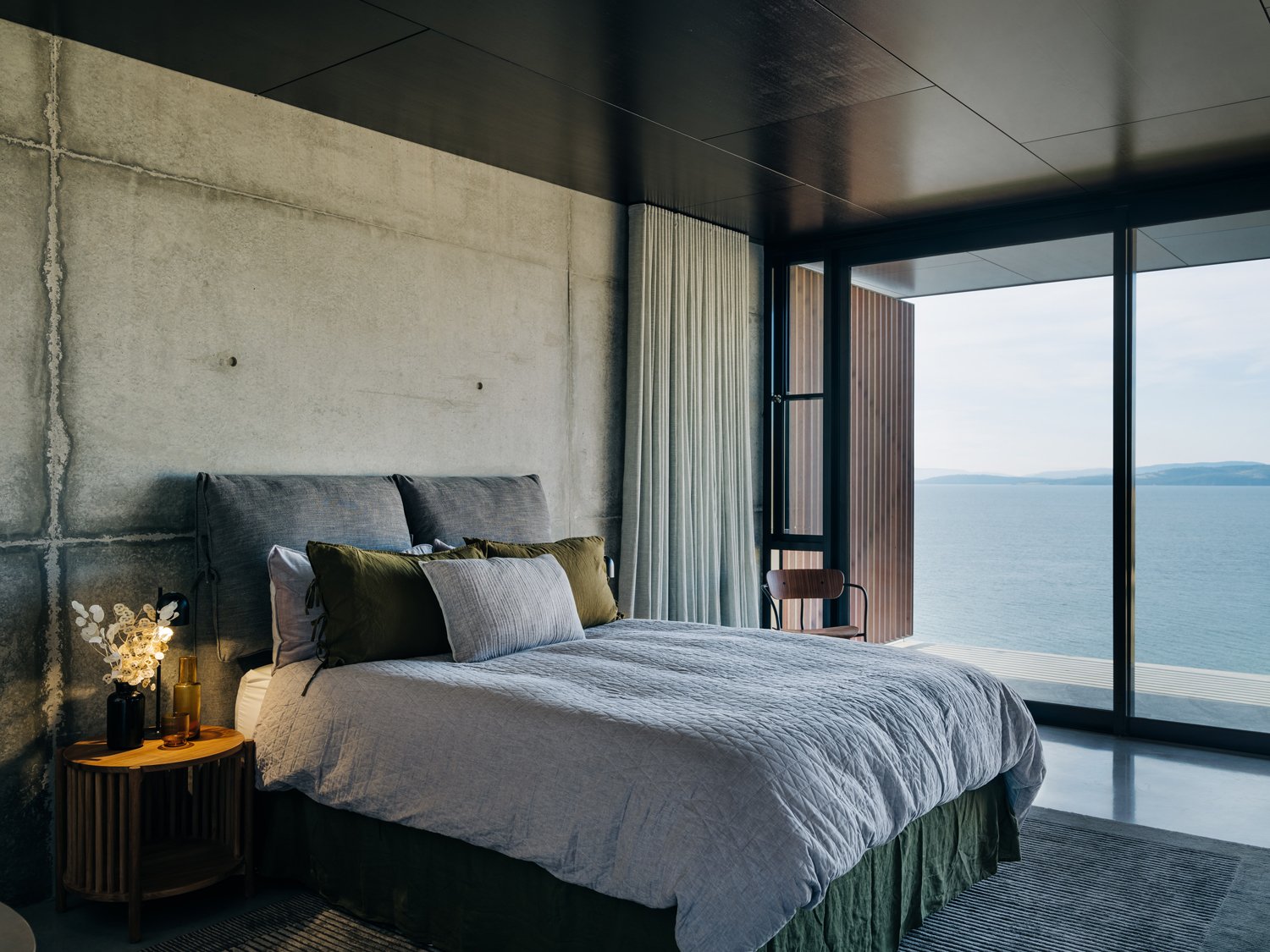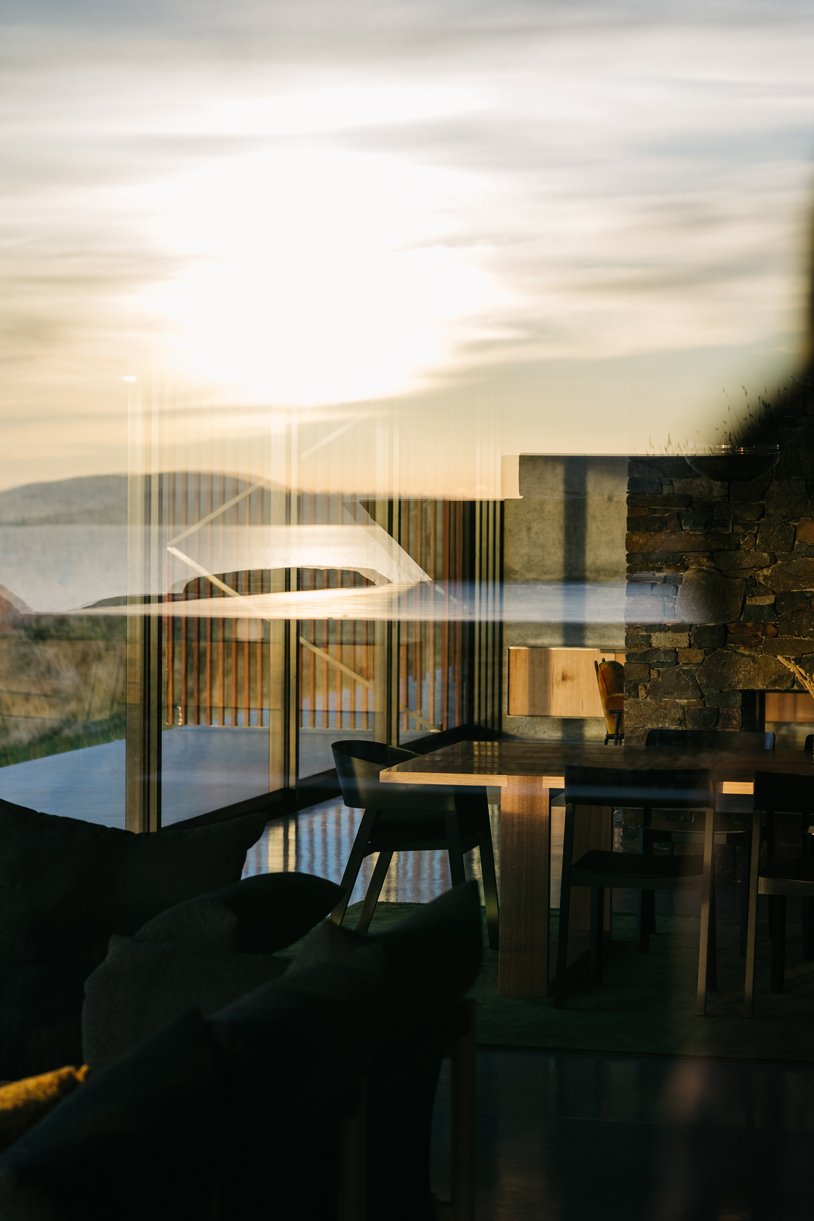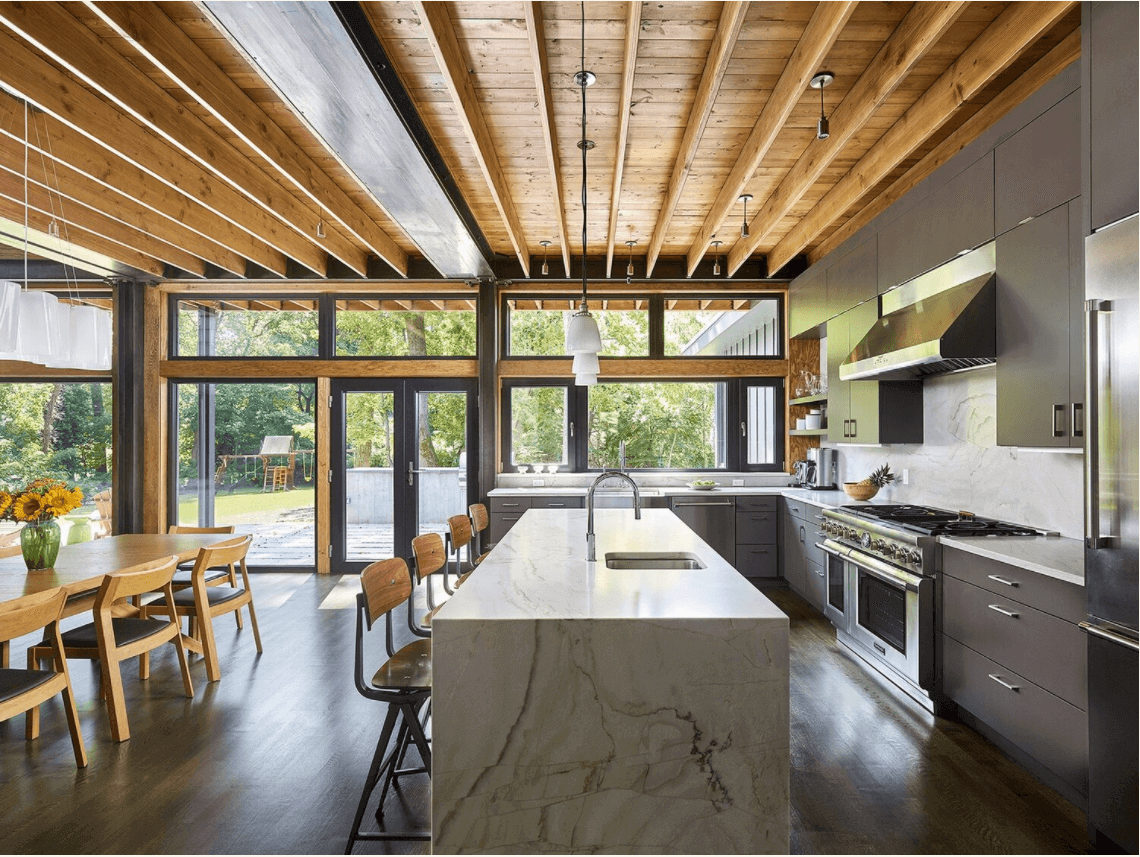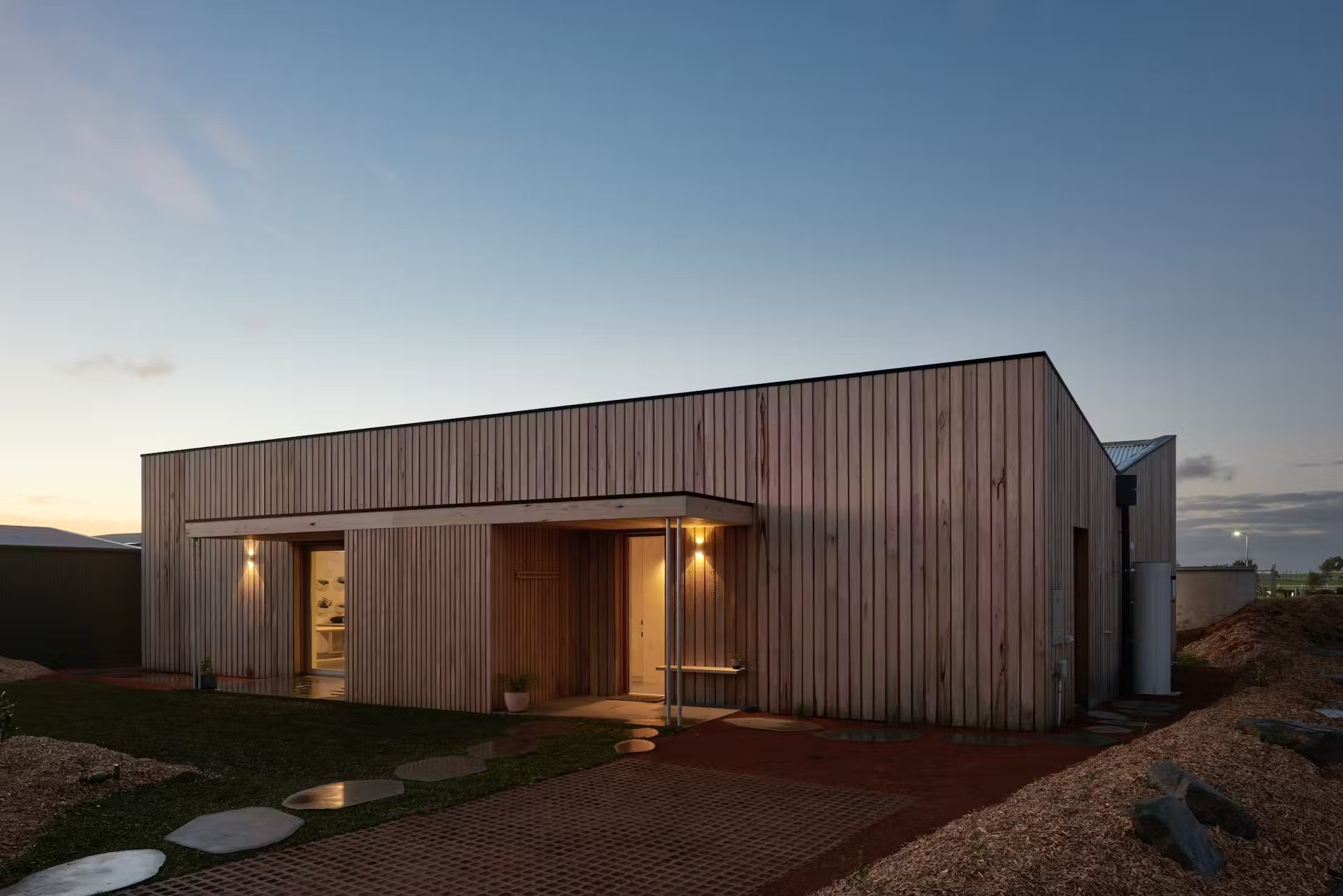Cut Costs and Carbon Footprints with Passive Solar Heating
Design by Tanner Architects
As the cooler months approach, we want to discuss a sustainable building option that effectively warms homes and buildings: passive solar heating.
Passive solar heating is a simple and effective way to harness the power of the sun to heat your home. In Southern California, some of our cities receive up to 275 days of sunshine annually, so passive solar heating can be an especially effective and energy-efficient way to keep homes warm during the cooler months.
How does passive solar heating work?
Simply put, passive solar heating refers to the practice of using the design of a building to capture, store, and distribute solar energy for heating purposes. This can be done through a variety of design strategies, such as orienting the building to maximize solar gain, using materials with high thermal mass to store heat, and incorporating windows and skylights to allow sunlight to enter the building.
What are the benefits?
One of the key benefits of passive solar heating is that it doesn't require any mechanical systems or external energy sources to heat your home. Instead, it relies on the natural movement of heat and light to warm your home. This means that passive solar heating can be a cost-effective and energy-efficient way to keep your home warm, especially in climates with plenty of sunshine like Southern California.
Considering passive solar heating? Here’s how to get started:
Orientation
Graphic by ecowho.com
First, it's important to orient your home to maximize solar gain. As we all know, the sun rises in the east and sets in the west. However, it is a little more complex than that. The sun actually rises and sets slightly south of east and west in the winter and slightly north of east and west in the summer. So, to maximize solar gain, it’s advisable to position the longest side of your home on an east-west axis, with the majority of windows facing south. This orientation maximizes the amount of sunlight that enters your home in the winter, significantly contributing to warming it. The goal in passive heating is to collect as much heat during the day to store for the night, so make sure that nothing will obstruct the sun from entering your home (large trees, tall buildings, etc.).
Materials
Next, using materials with high thermal mass is a crucial component of effective solar heating. High thermal mass materials, such as concrete and masonry, are great at absorbing, storing, and releasing heat over time. During the day, they capture heat from the sun and store it, which prevents overheating. As temperatures drop in the evening, the stored heat is slowly released, which creates consistent warmth throughout the home. If you are looking to source materials for your home that are both stylish and energy-efficient, consider using high thermal mass materials.
Windows and Skylights
Finally, incorporating windows and skylights designed to capture and distribute solar energy can help maximize the effectiveness of your passive solar heating system. Windows play a crucial role in the heat loss of buildings, especially when they lack proper insulation. When deciding on window sizes and glazing types, it’s important to find a balance between daytime heat gain and nighttime heat loss. Consider using high-quality windows with Low-E (low emissivity) coatings to help control the transfer of heat in your home. These windows allow sunlight to enter while minimizing heat loss, ensuring a cozy interior during winter.
Overall, passive solar heating is an effective way to harness the power of the sun to heat your home in Southern California. Aligning your home to maximize solar exposure and selecting high thermal mass materials, along with strategic glazing, are just a few ways to significantly enhance the comfort of your home. By incorporating passive solar design strategies into your home, you can reduce your energy consumption, save on heating costs, and help to protect the environment.



